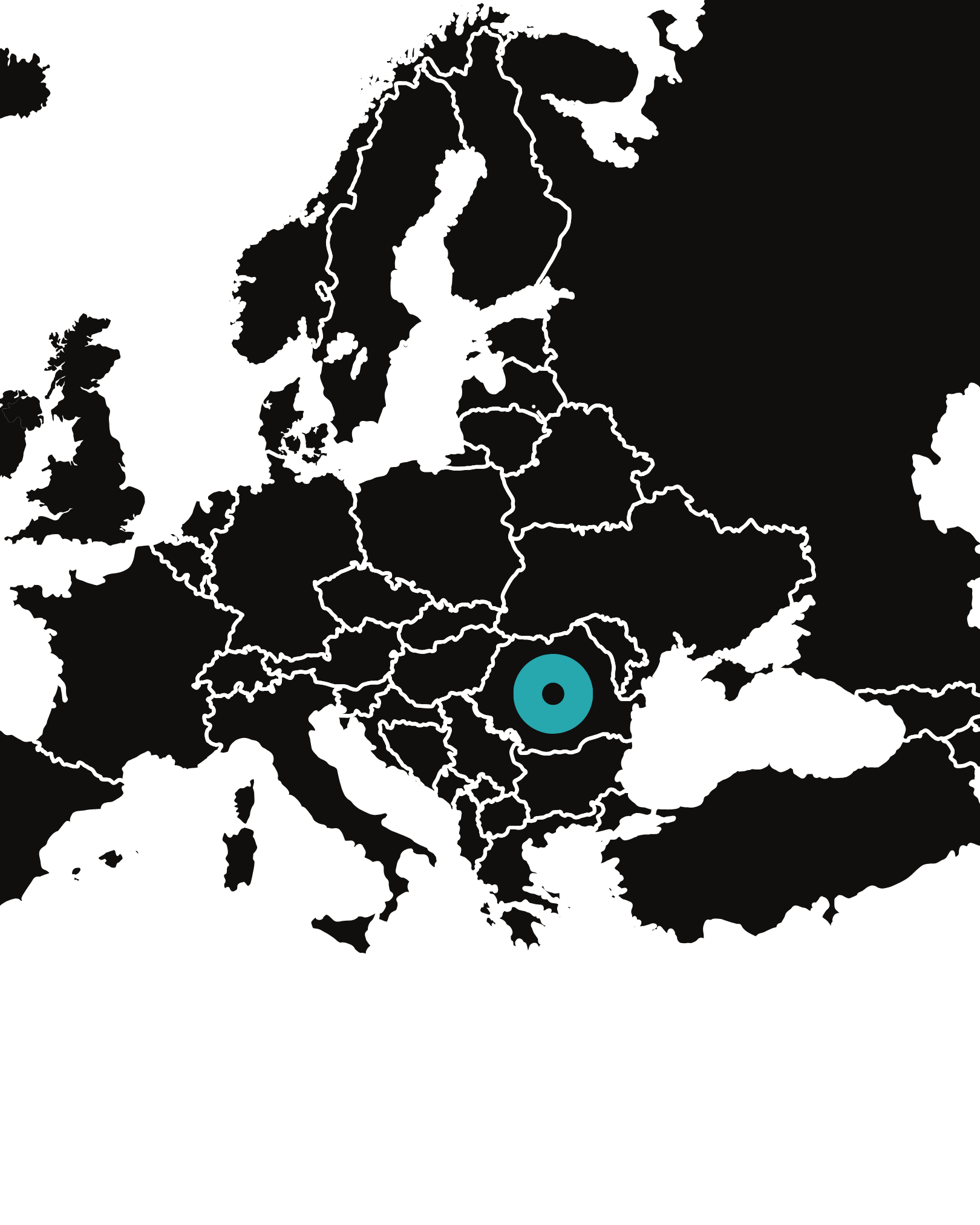Romania in the European Innovation Scoreboard 2025: What’s Stopping Romania from Becoming Truly Innovative?

By Andra Colober
The European Innovation Scoreboard 2025 has just been released – and as with previous years, Romania finds itself near the bottom of the European rankings on most indicators.
The one bright spot?
We’ve got great access to high-speed internet. So at least we’re lagging fast. But beyond the headlines and country rankings, the real story lies in the nuance. A deeper look into the data reveals a more complex picture – one where strengths and weaknesses coexist, and where untapped potential still simmers beneath the surface.
Romania at a crossroads
Romania finds itself in a strange in-between place. On one hand, we’re seeing higher-than-average entrepreneurship rates compared to the rest of the EU. That’s encouraging – it means people here want to build, to create, to take risks. On the other, we’re dealing with structural weaknesses: an ongoing gap between local and foreign investment, limited participation in Horizon Europe, and a concerning absence of innovation-driven practices among Romanian entrepreneurs.
With the next EU research and innovation framework (FP10) already in draft form (see document), now is the time for Romania to rethink its approach. Strengthening SME engagement, building innovation capacity, and aligning with EU priorities isn’t just important—it’s urgent if we want to have a meaningful role in the next phase of European innovation policy.
Even more worrying? Five of Romania’s development regions occupy the bottom seven positions in the entire European scoreboard.
Where do we fall short?
There are a few critical areas where Romania consistently underperforms compared to its European peers:
- Share of population with higher education
- SMEs introducing business process innovations
- Innovative SMEs collaborating with others
And perhaps most alarmingly, since 2024 we've seen a decline in some of the most critical indicators for a healthy innovation ecosystem:
– Sales of innovations that are new to the market and new to the firm have dropped
– Venture capital spending is decreasing
– Collaboration among SMEs on innovation activities is on the decline
But here’s the thing: weak spots are also opportunities
This isn’t about pointing fingers or feeling sorry for ourselves – it’s a call to action. At Iceberg Plus, we’re not just watching the numbers.
We’re rolling up our sleeves and working where it counts. Together with our partners, we’re focused on the indicators that can truly accelerate how we innovate in Romania.
Through the programs we run and the communities we support, we’re helping:
- SMEs adopting innovation in their processes through our business incubator at CATTIA & urban mobility accelerator inVest
- Cross-sector and cross-border innovation partnerships
- Boosting innovation sales and technology transfer through SUCReD (www.sucred.eu) and Tech Connect Festival
- Increasing access to funding and venture capital opportunities through FIT European Digital Innovation Hub ( www.digitalinnovationhub.fit)
We do this not in isolation, but as part of a wider innovation ecosystem that includes EIT Community RIS Hub Romania, EIT Urban Mobility, EIT Manufacturing, InnoEnergy, Enterprise Europe Network, ROStartup, and RoDIH – all working to transform how innovation happens in and beyond Romania.
What needs to happen next?
Clearly, our current efforts, while impactful, are not yet enough. The data tells us that we need to scale up together.
So here’s our open question to the community:
Who else should step in and step up?
Which institutions, companies, or communities could and should be playing a bigger role in strengthening Romania’s innovation performance?
Drop us your thoughts. Because transforming a country’s innovation ecosystem isn’t a one-player game – it’s a collective sprint. And we’re already on the track.